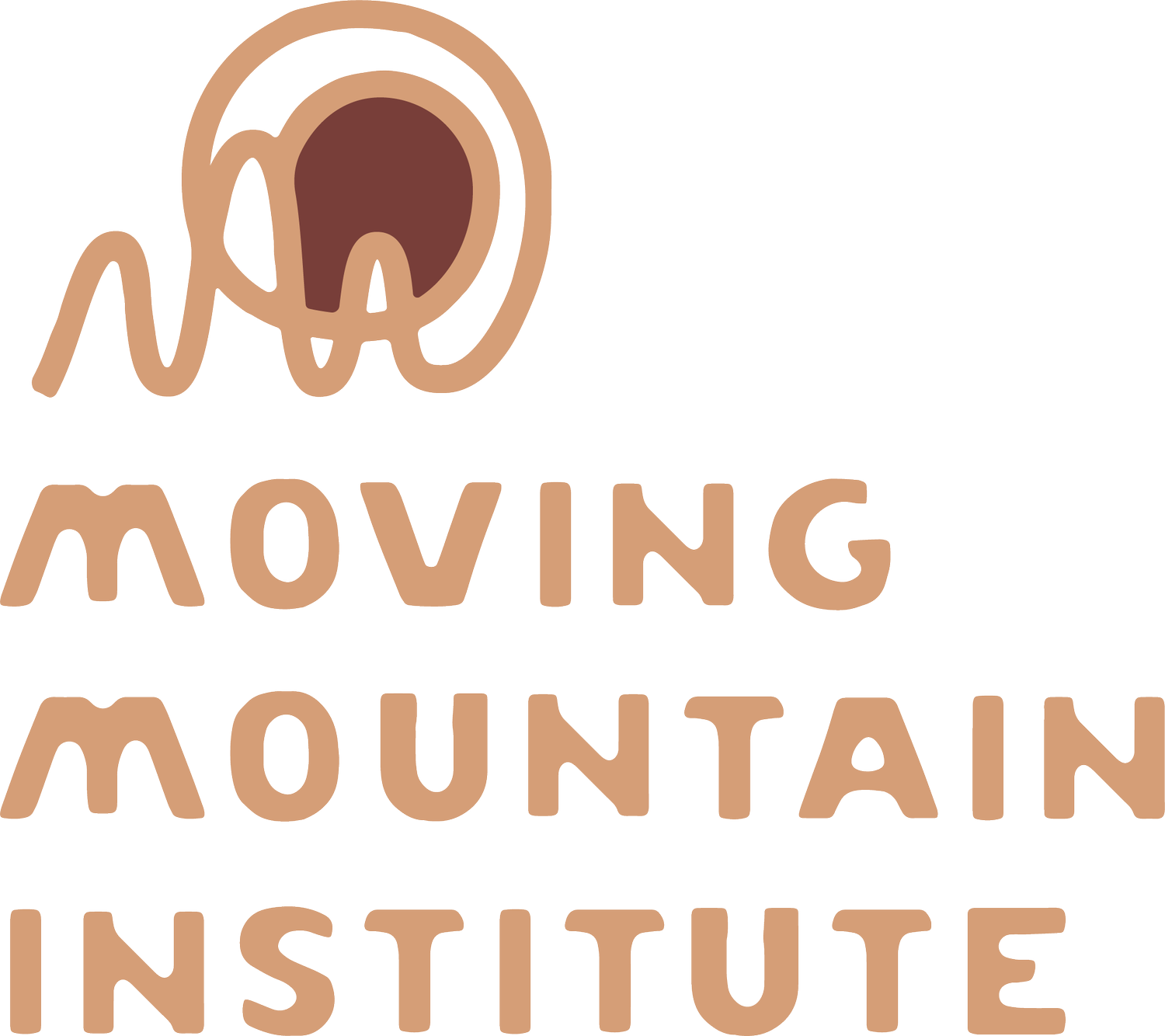Cranialsacral Therapy & Sensory Integration
/Raise your hand if you have felt a little bit like this lately. Lot going on these days, no?
We found this stark and stunning representation of the human nervous system while getting prepared for upcoming workshop season and couldn’t resist sharing it with you!
This illustration was done by a doctor from Hahnemann Medical College and Hospital after he conducted one of the first-ever recorded dissections to be done for the purpose of visualizing the nervous system. Look at the density of nerve fibers coming from cranial and sacral origins: no wonder cranialsacral therapy is so important for nervous system integration!
As we know, peripheral nerves arising from the cranium are responsible for our primary sensory experience: smell, sight, taste, hearing, facial expressions (such as movements of the eyeballs, tongue, and facial muscles), and balance. John O’Donohue describes this anatomical relationship more poetically in Anam Cara. He talks about the symbolic connection of the face as a portal between the inner and outer sensory experience:
“The human face is the meeting place of two unknowns: the infinity of the outer world and the uncharted, inner world to which the individual alone has access. This is the night world that lies behind the visage . . . in the human face you see that potential and the miracle of undying possibility.”
I think his words relate beautifully to the felt experience of cranial work.
In practice, we often use cranialsacral therapy to treat pain patterns found anywhere in the body, but we also find that it has an undeniable balancing effect on the nervous system – a pretty important effect these days. It is both gentle and serves as a profound gateway to intimate relationship with ourselves. (By the way, the vagus nerve, which is also treated via cranialsacral therapy, is responsible for involuntary regulation of our heart, lungs, stomach and other viscera and therefore involved in parasympathetic tone. More on that another time.)
Patients often tell us about depth of clarity that they gain from cranial treatment. I think anything that can help us see the warps in our own lenses . . . that can show us how the lines of tension in our mind and body correlate with one another is so important.
Come join us. CSI Workshop October 21-22. Help yourself and others get reoriented from the inside out.
P.S. Speaking of gorgeous anatomical knowledge hard-earned through genius-level dissection approaches . . . we are planning to attend a talk by the inspiring Gil Hedley here in Portland on November 6th along with many more of y’all somanauts! Hope to see you there!



